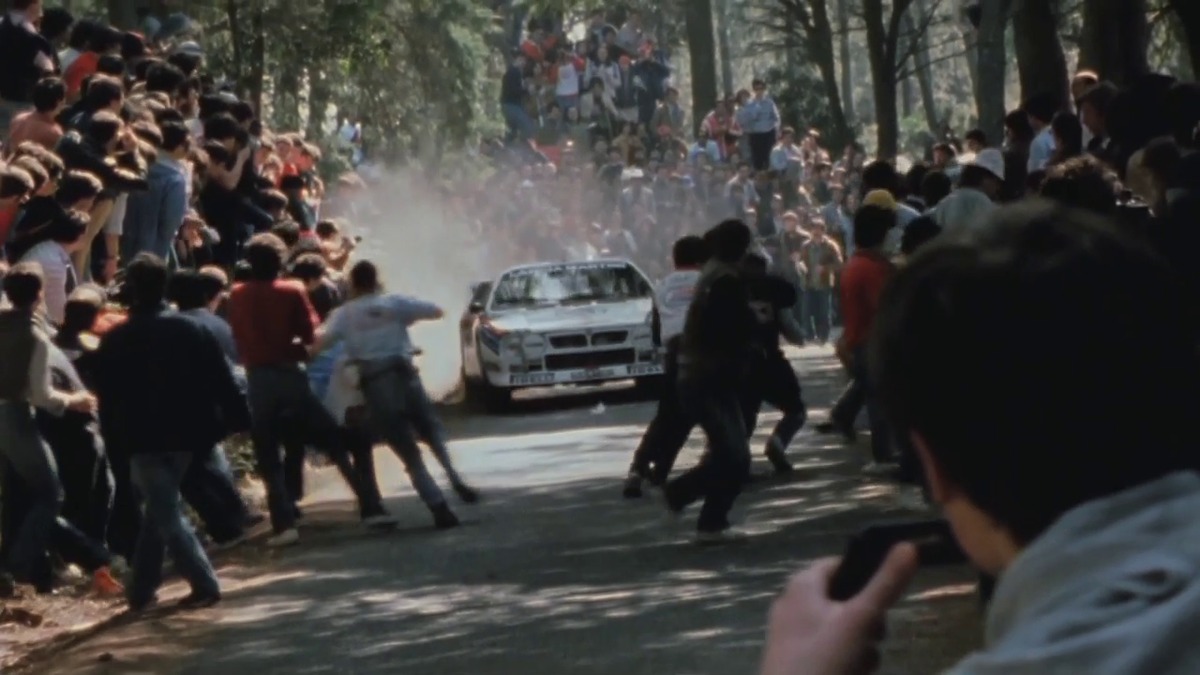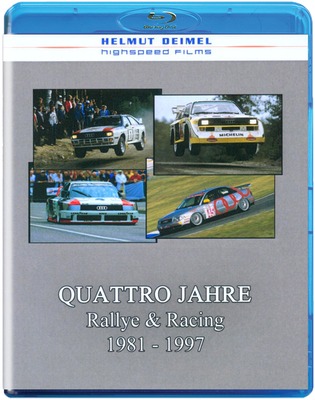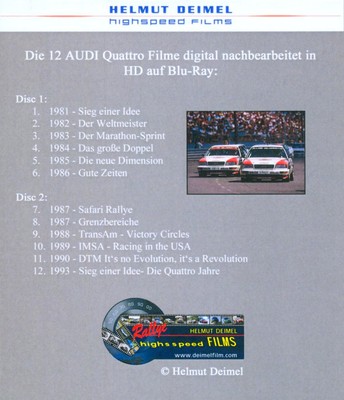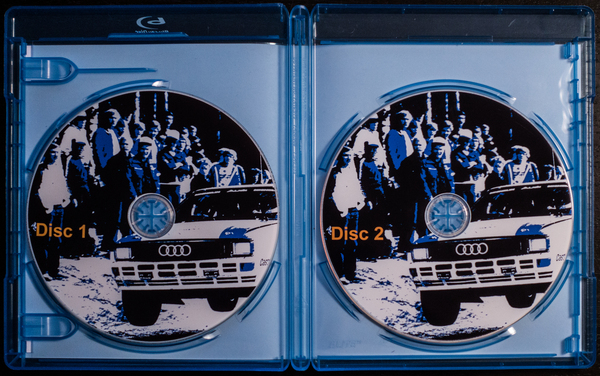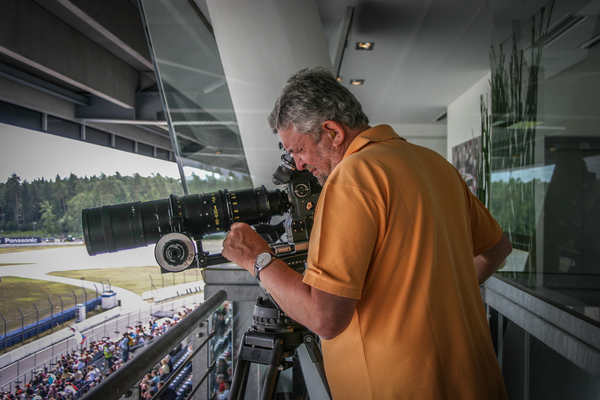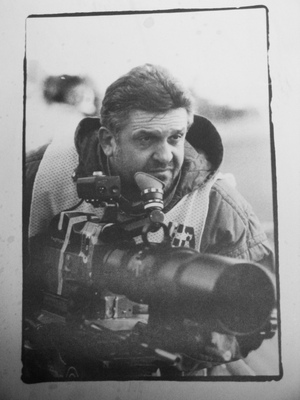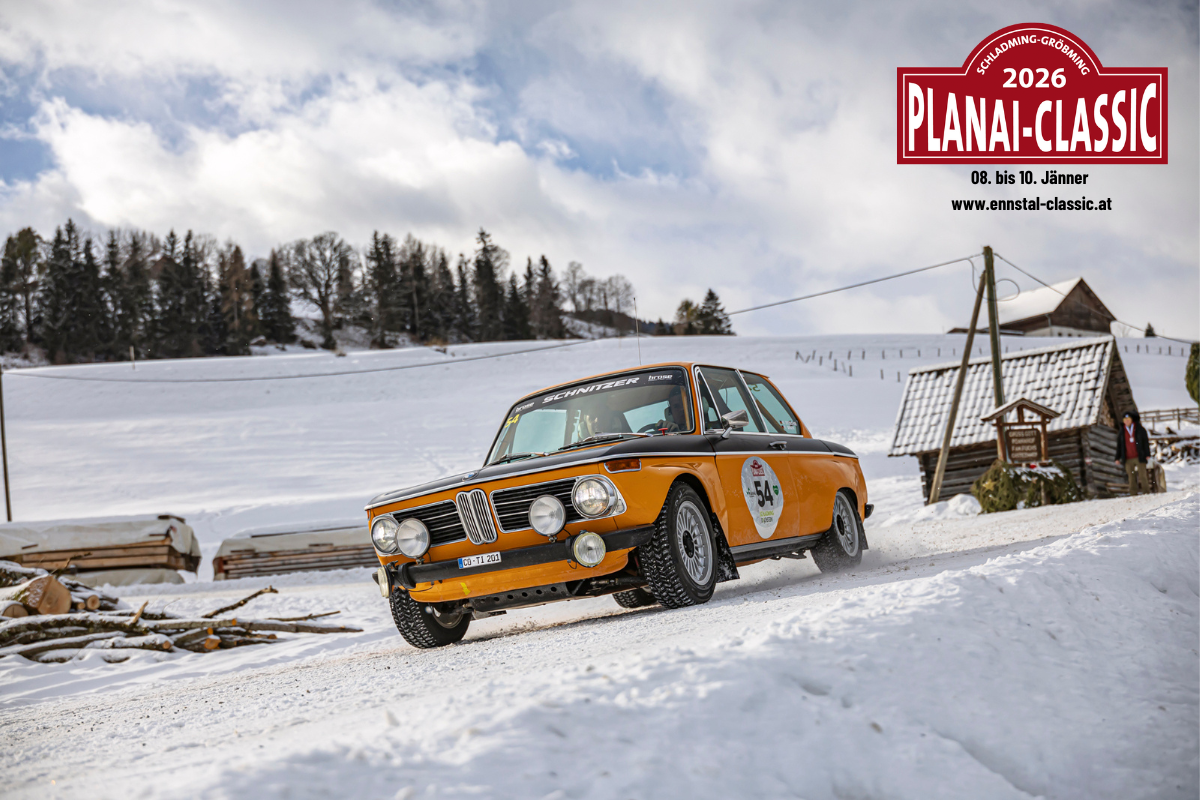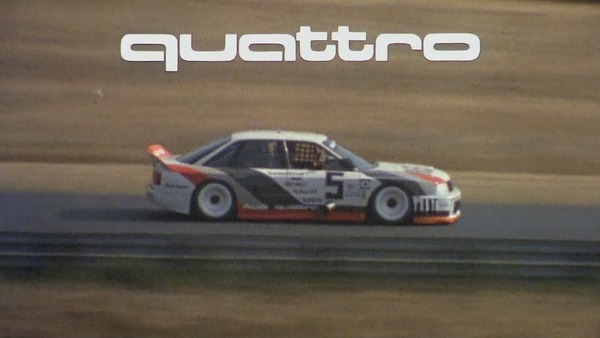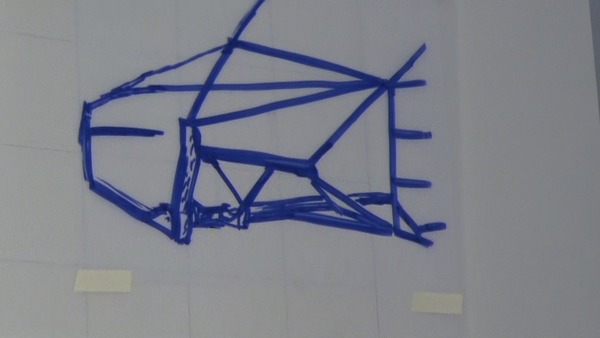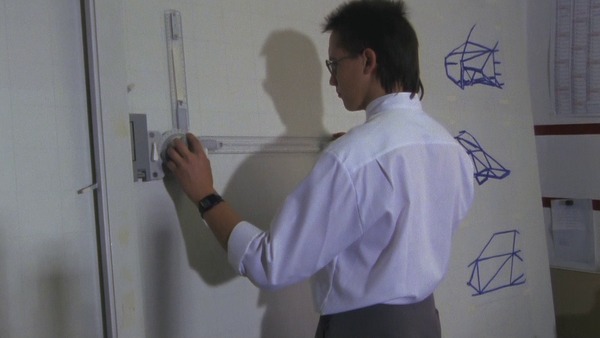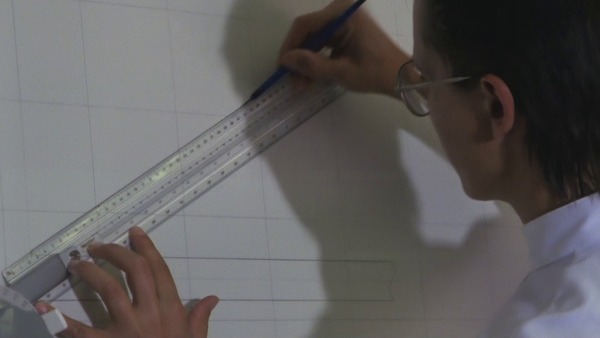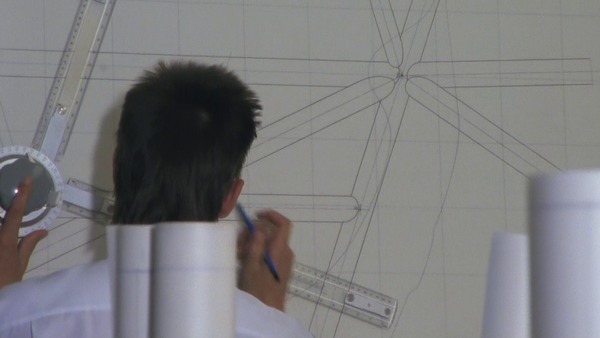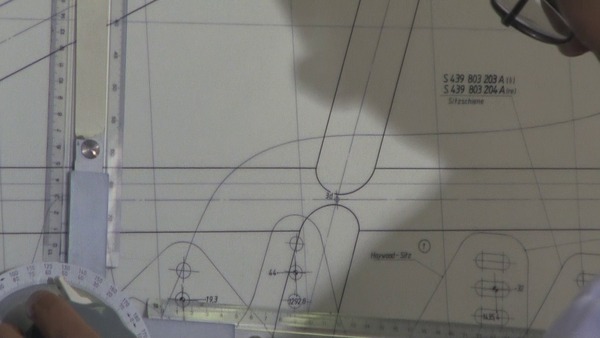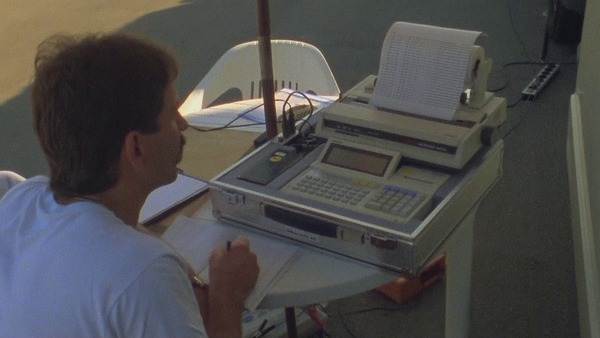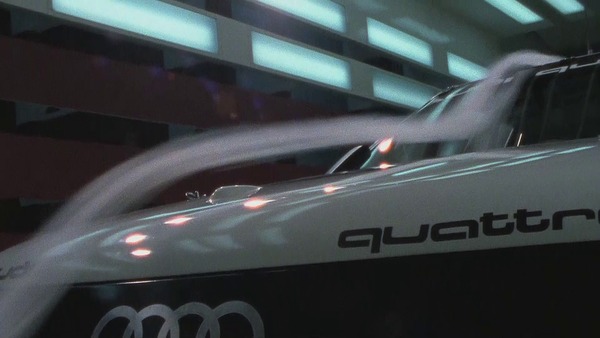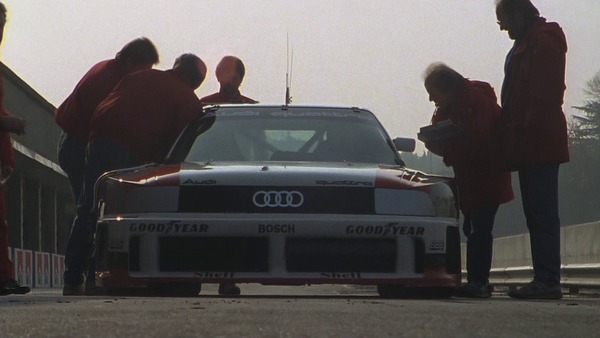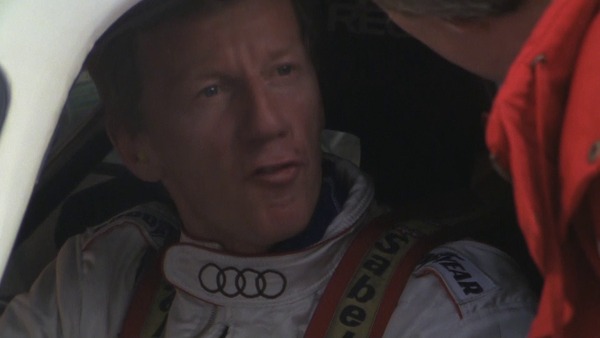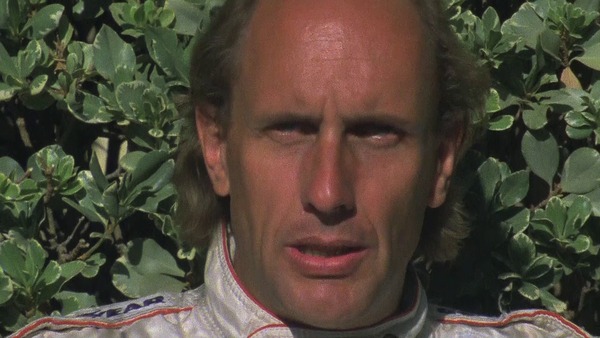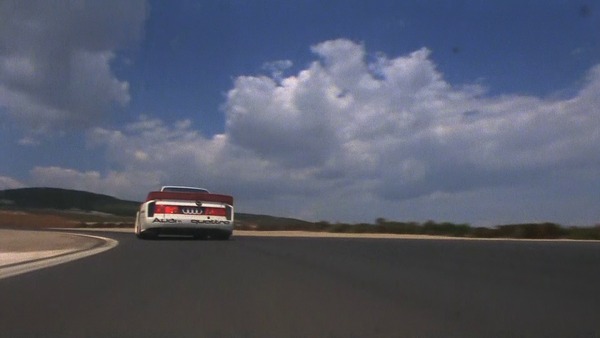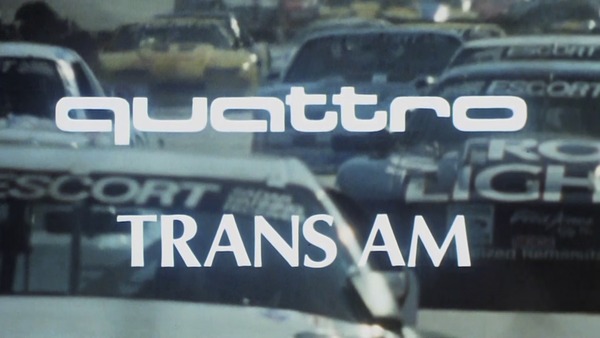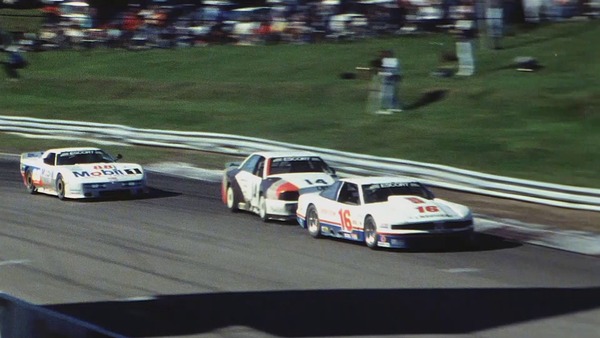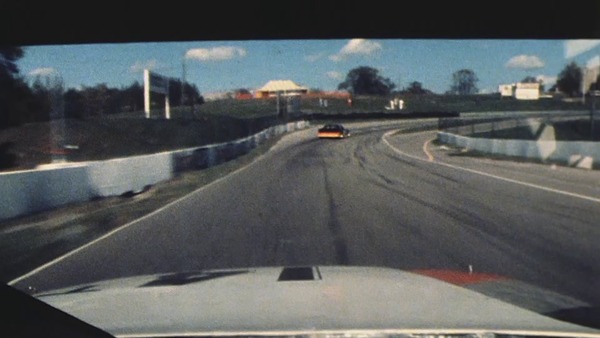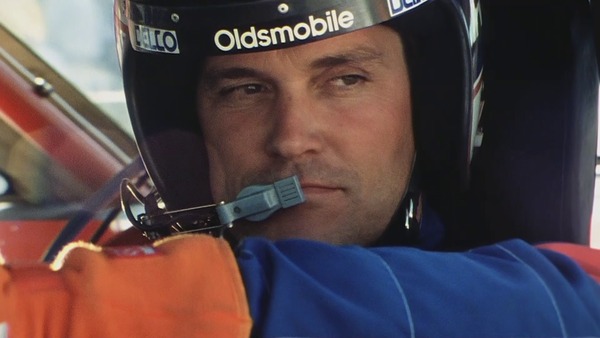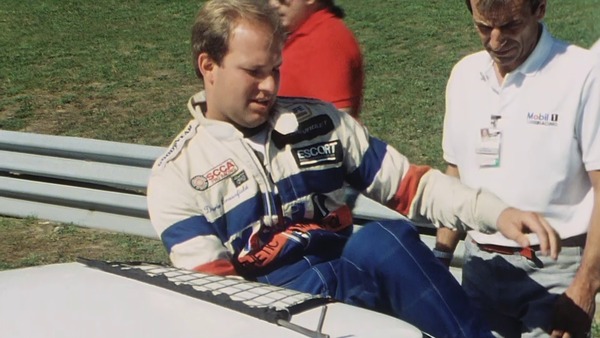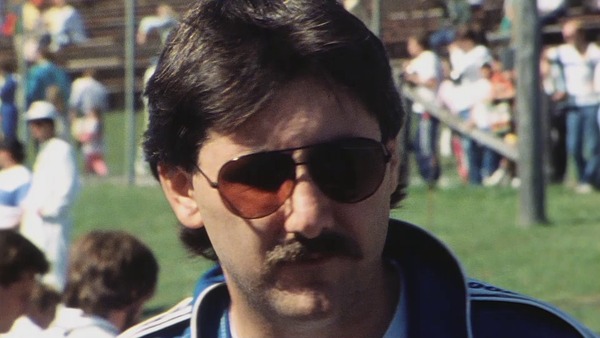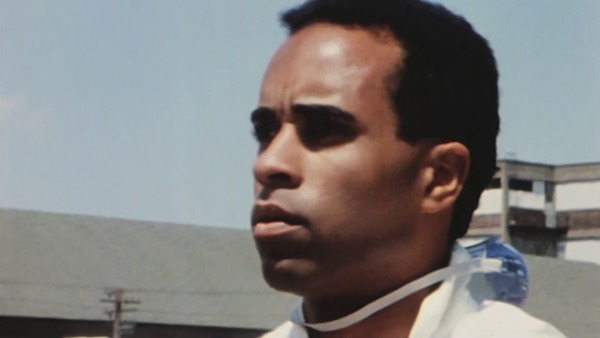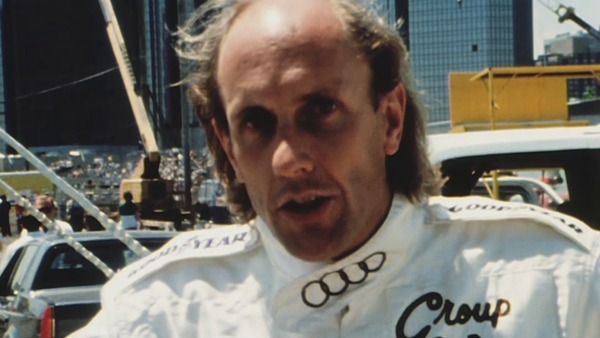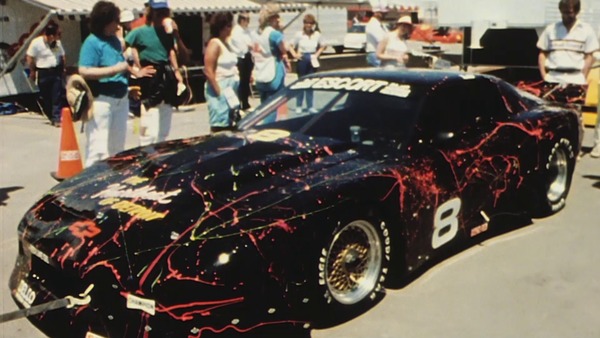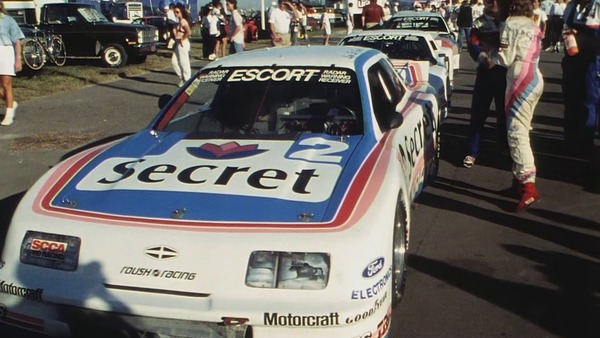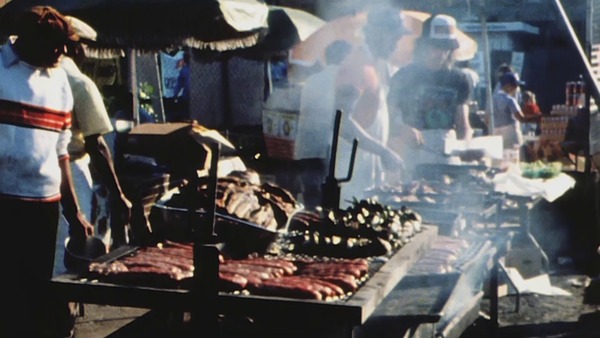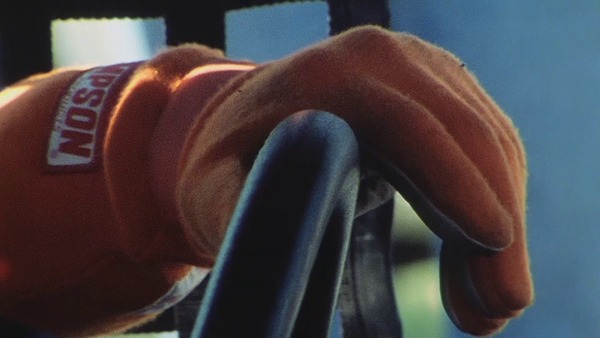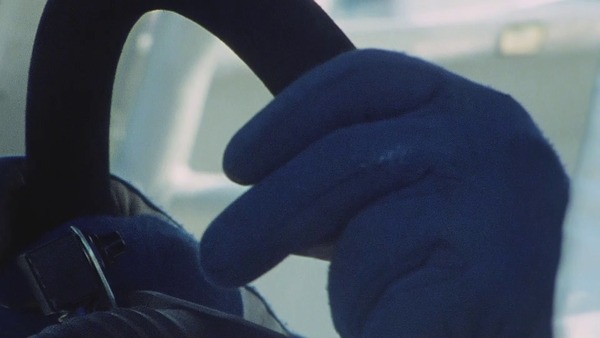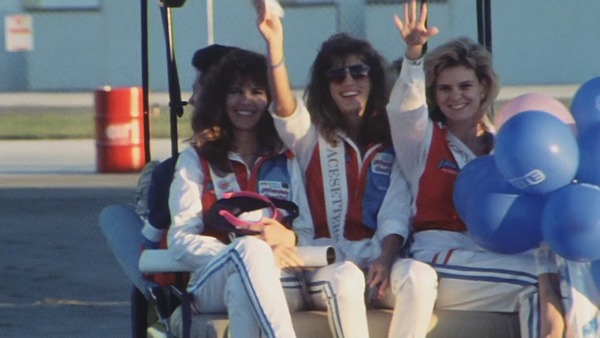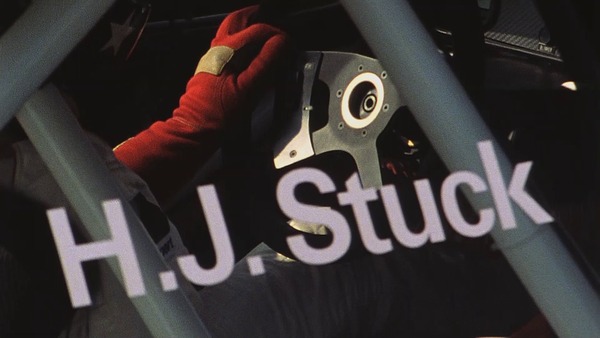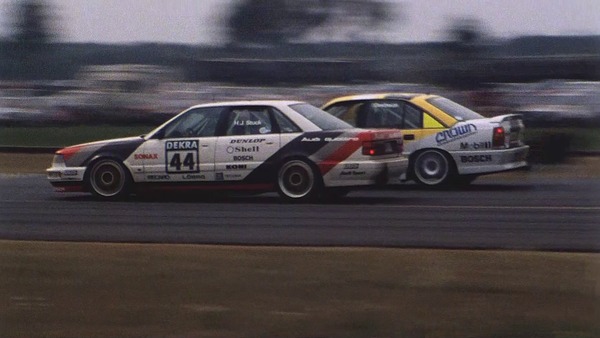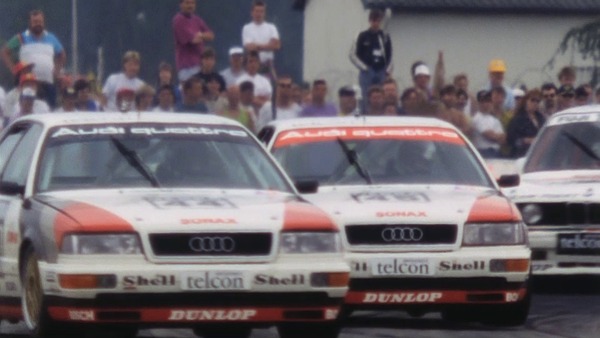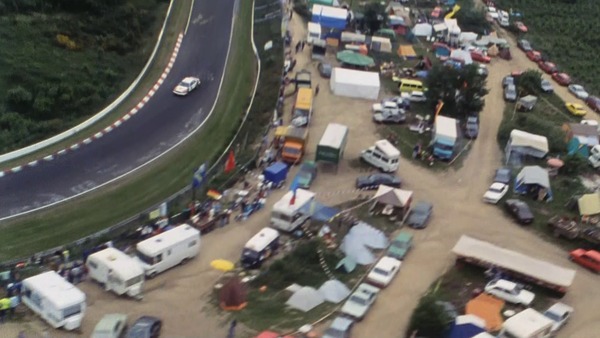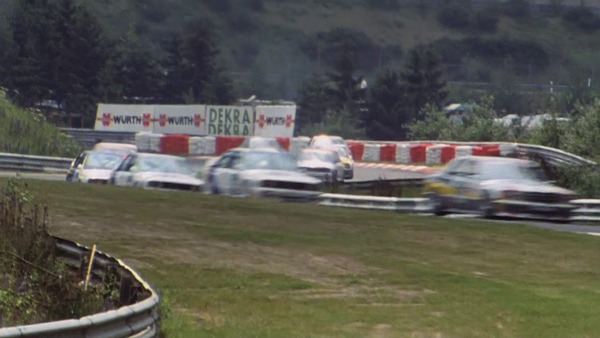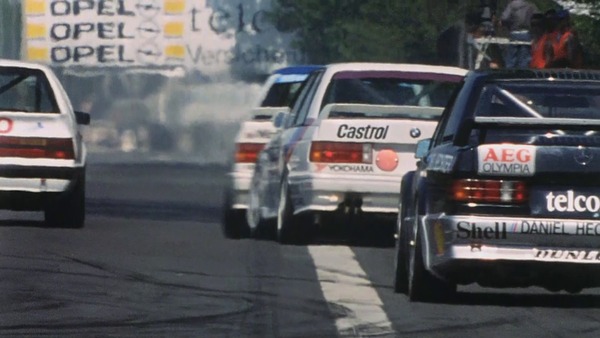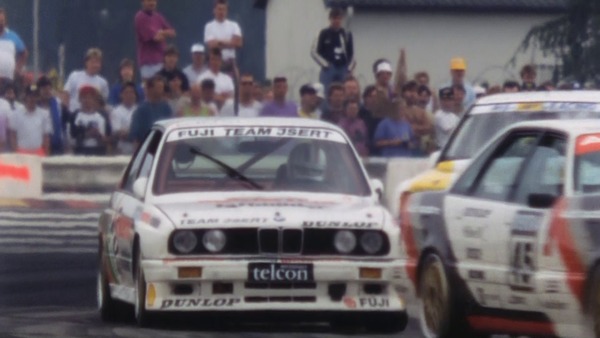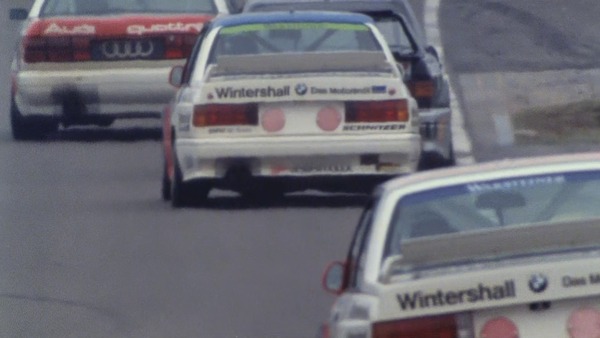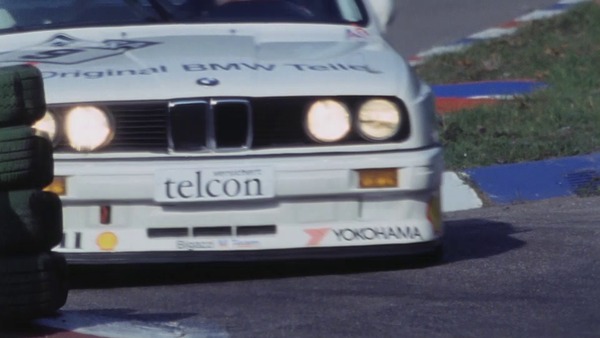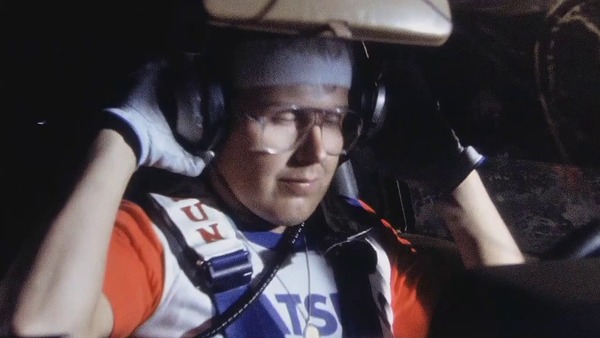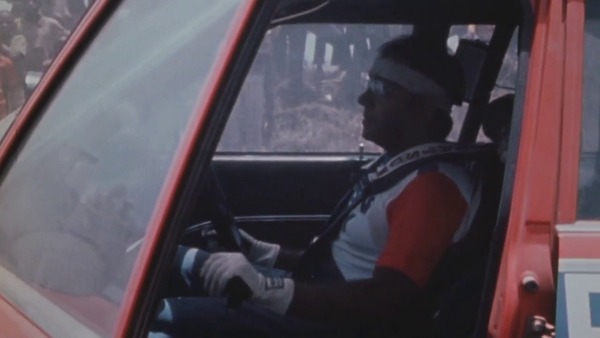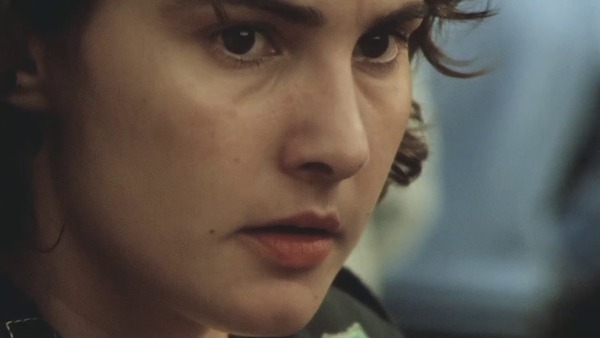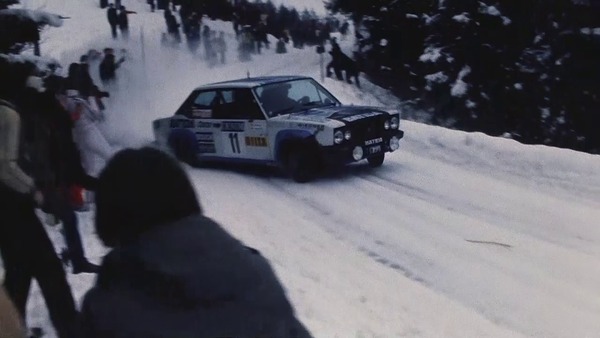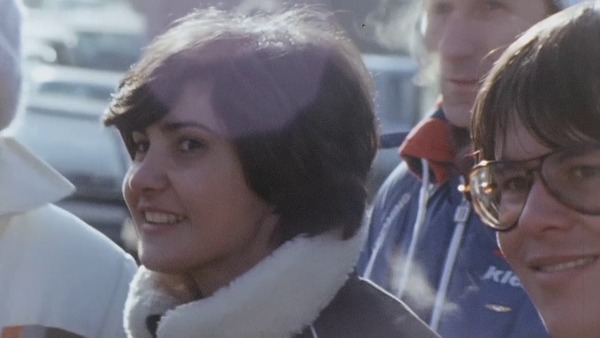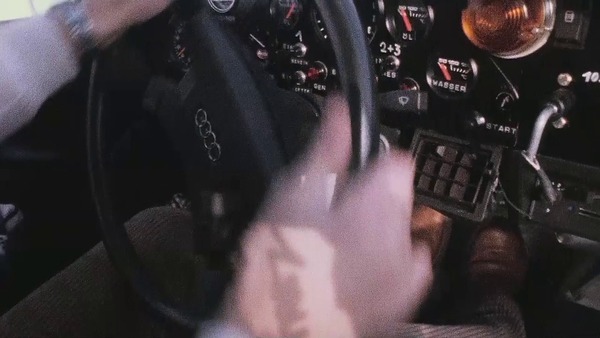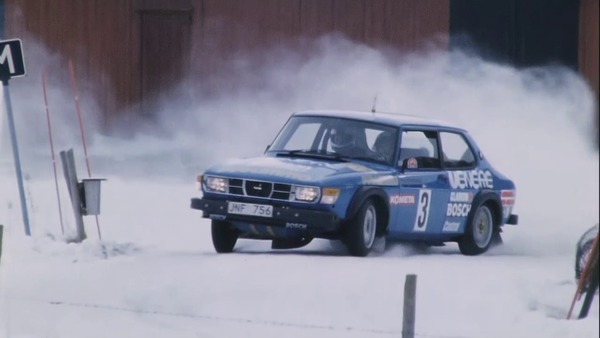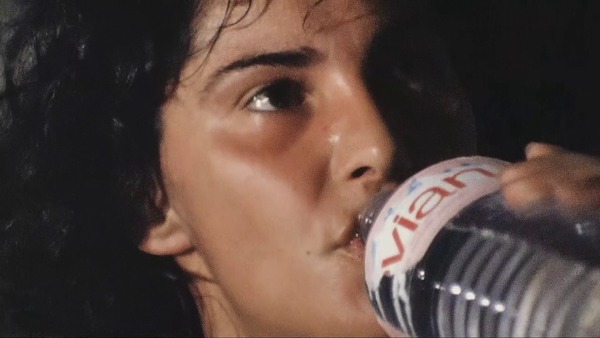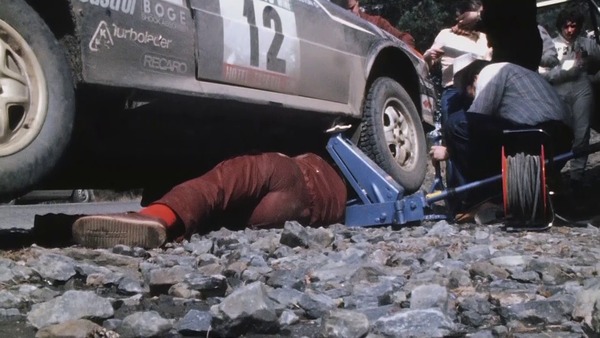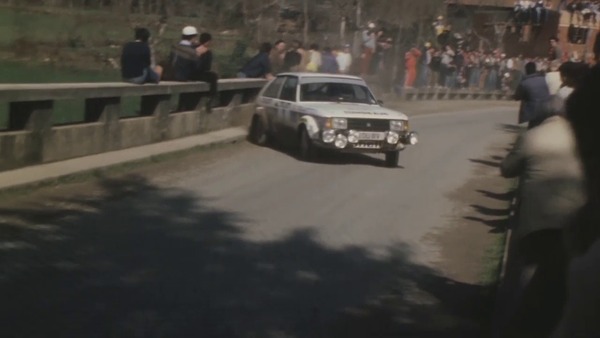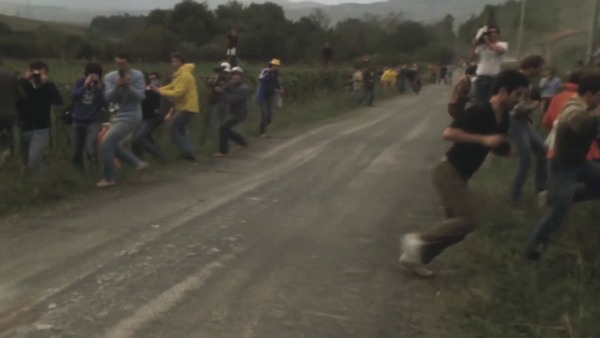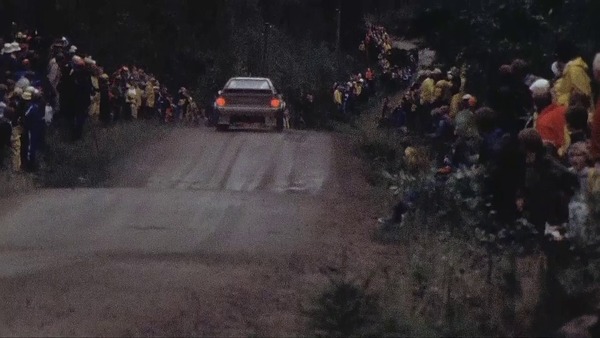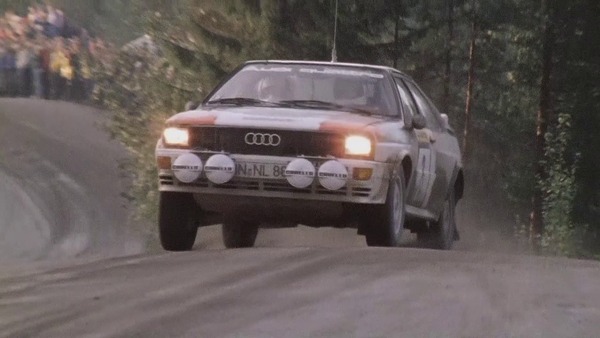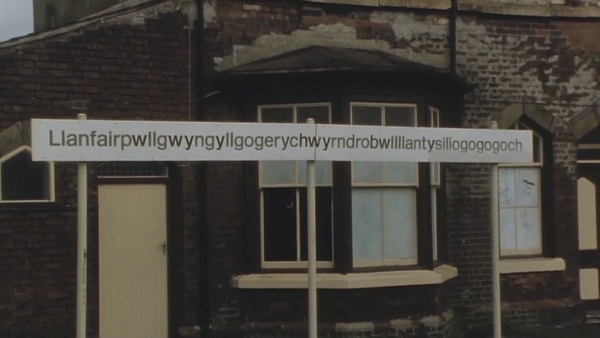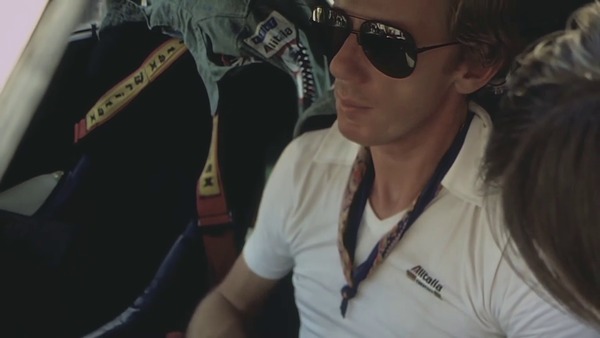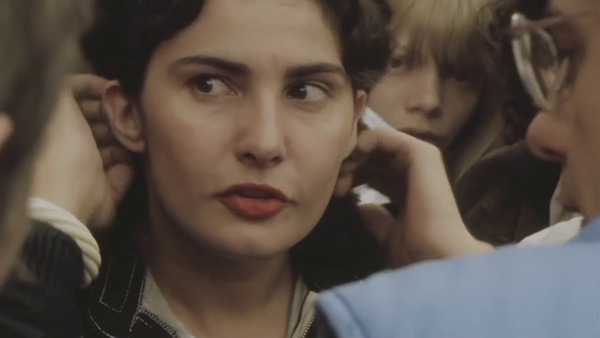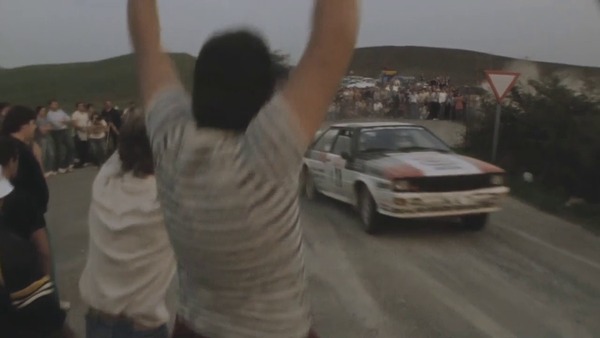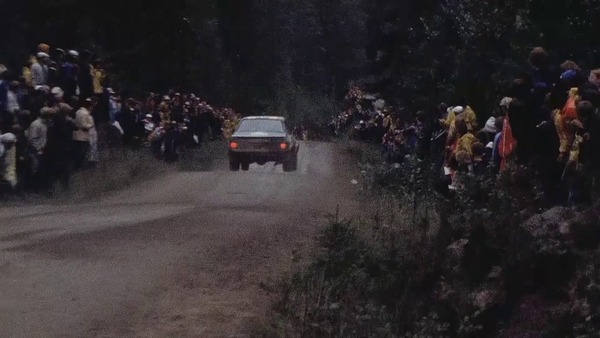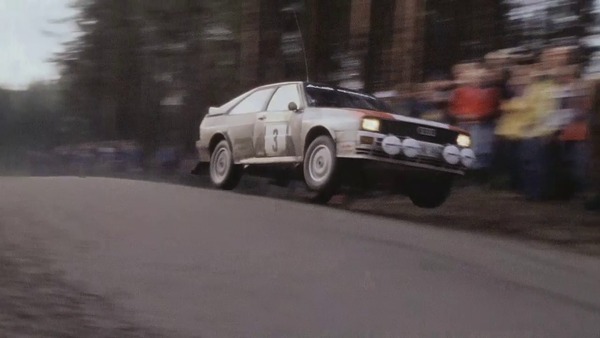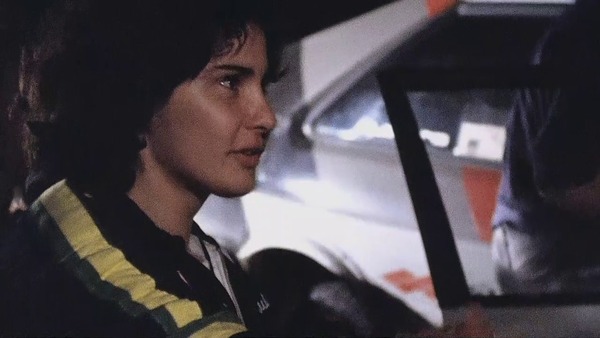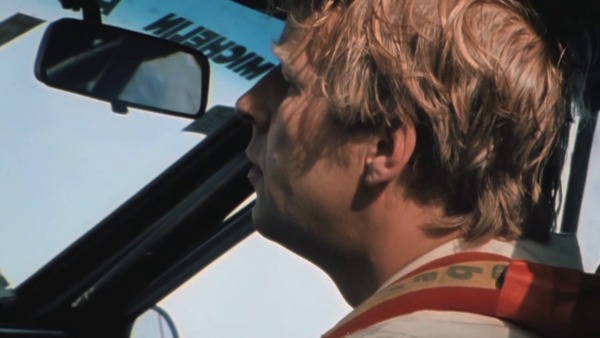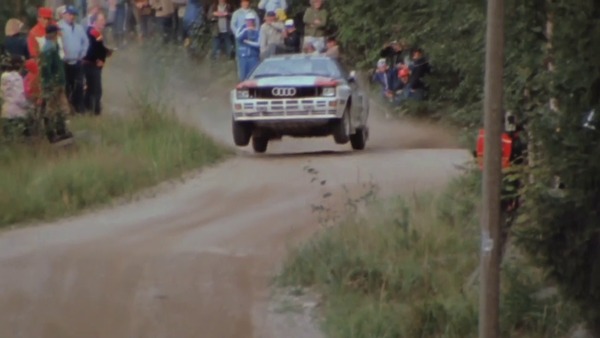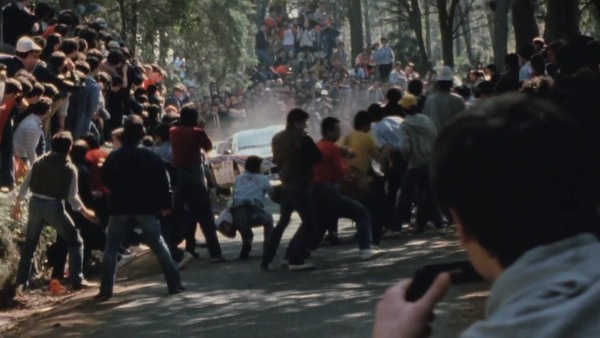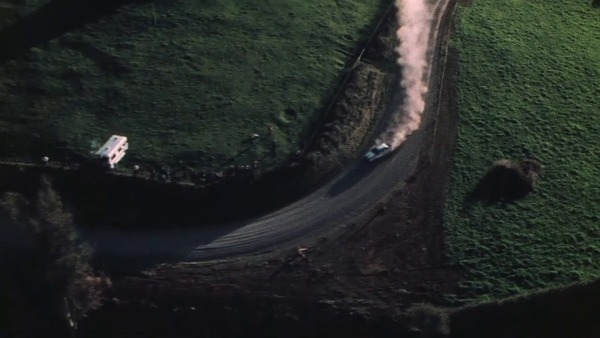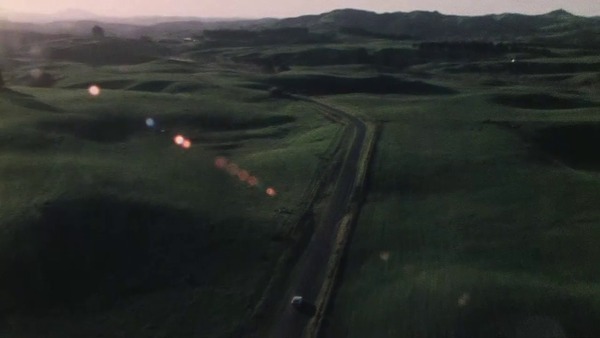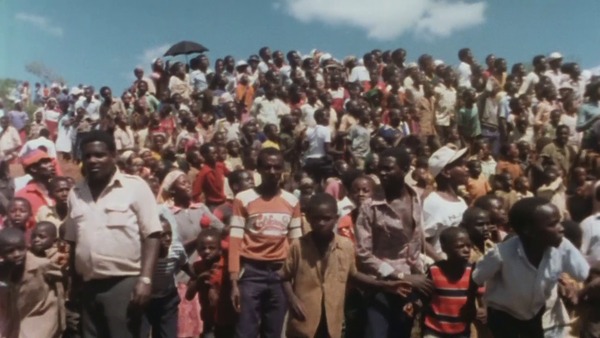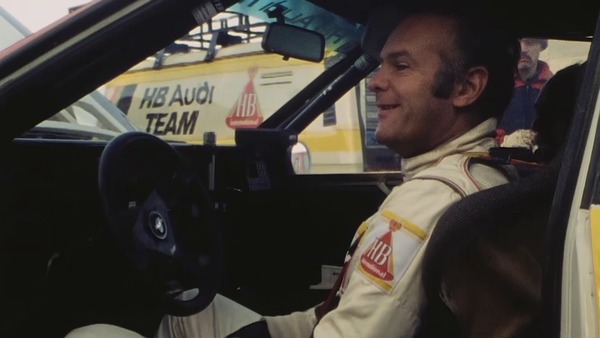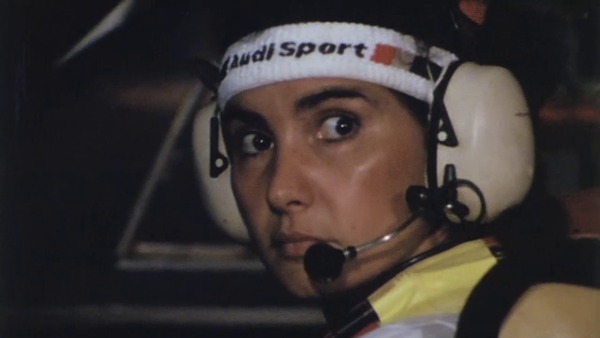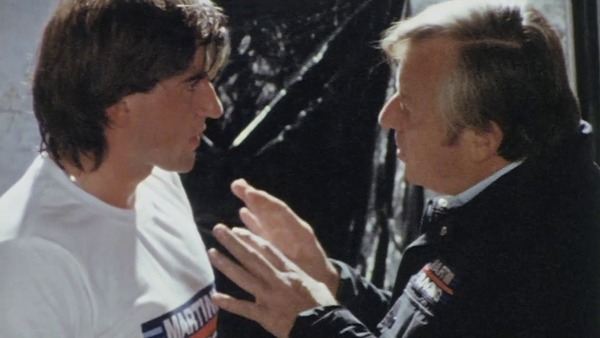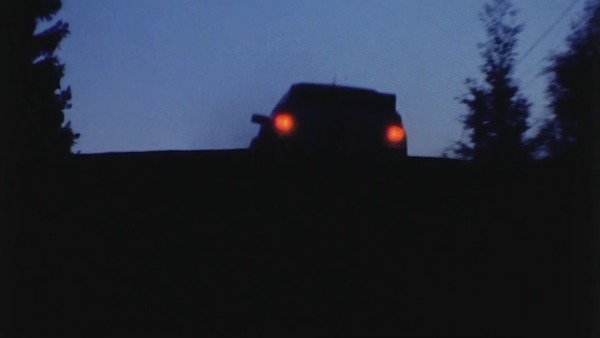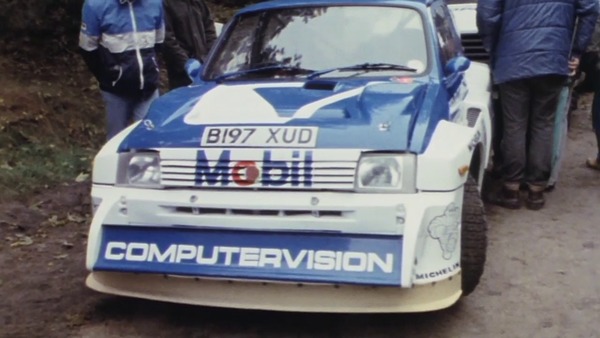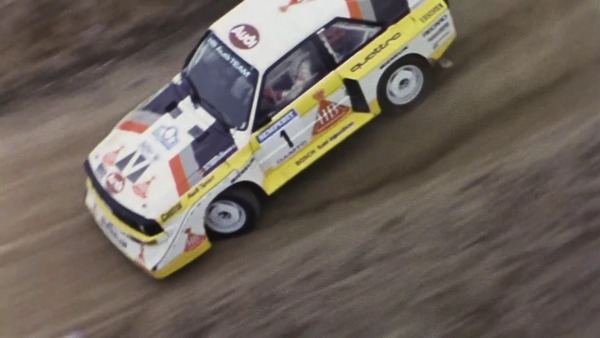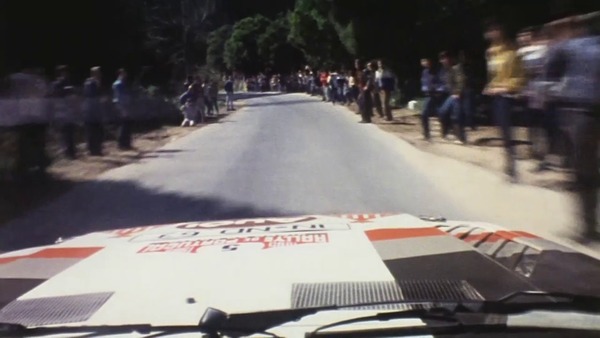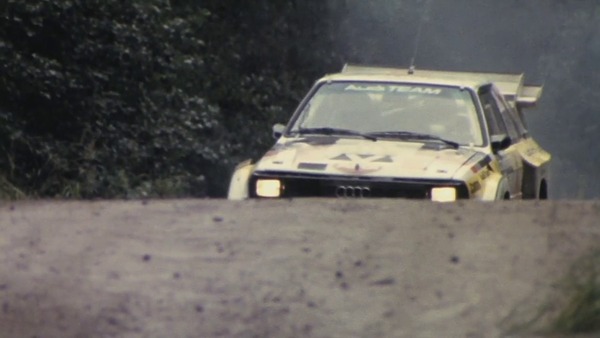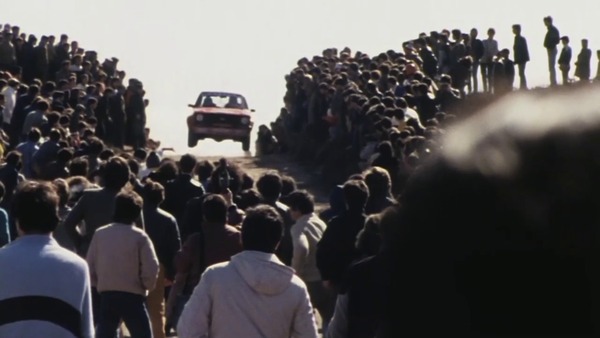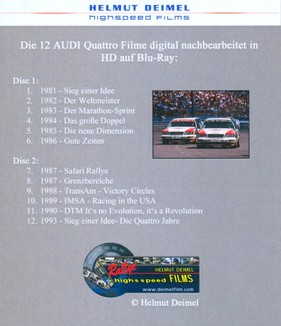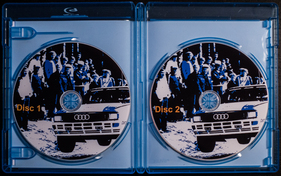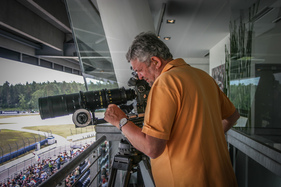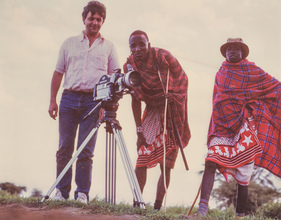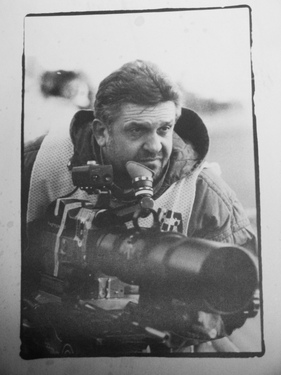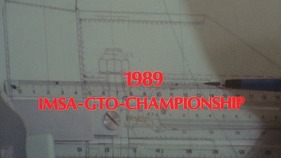One of the very best motorsport films ever! This is our personal opinion, but many will certainly have to agree with it, because you rarely see rally and racing action from the 80s in this quality. Helmut Deimel, Audi's in-house filmmaker at the time, made a film every year about the previous season and now these have been digitally resampled and reworked. A pleasure at the very highest level!
The art of photographic filming
There are motorsport films that simply win you over right from the start. The story is not in what is said but in the images themselves, in the way they were shot, you can feel the filmmaker's artistic talent in every camera pan, in every detail shot. Photographers would say that every still image is a great photo.

The films by Austrian filmmaker Helmut Deimel are just as enjoyable and this one is, in our opinion, the best of them all, not only the best from Deimel's film studio called "Highspeed Films", but in general: in our opinion, the best rally racing film you can watch at the moment. Our film review shows a few highlights from the documentary, which is over 5 hours long (320 minutes) and shows many stills from the 12 Audi films.

In addition to the vehicles in focus, it is noticeable that fans and even animals were often filmed. For some, this may not seem so relevant, but we think it adds to the overall atmosphere.

When you are on location, you not only see the vehicles, but also observe the entire scenery. From this vantage point, you can immediately see that the cameraman was probably looking through the viewfinder with one eye and already looking for the next subject off the track with the other...

This film also proves that there is not only portrait photography but also portrait film sequences. We love the close-ups of the rally drivers.
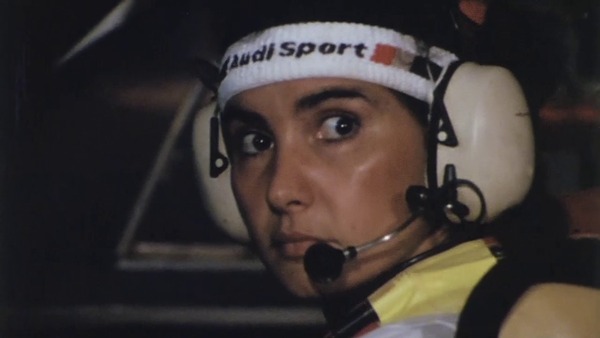
320 minutes of rally action, now in HD quality
The old original film footage has been resampled and digitally enhanced using state-of-the-art technology. Nobody has ever seen the legendary Audi Quattro from Ingolstadt in this quality before, not even those who were there live at the time. As a professional filmmaker, he also had the necessary equipment to capture the phenomenal look of the rally cars of the time, in rain, wind and sun, in the vineyards of Germany, on dusty roads far from civilization or on the hot asphalt tracks in the USA.
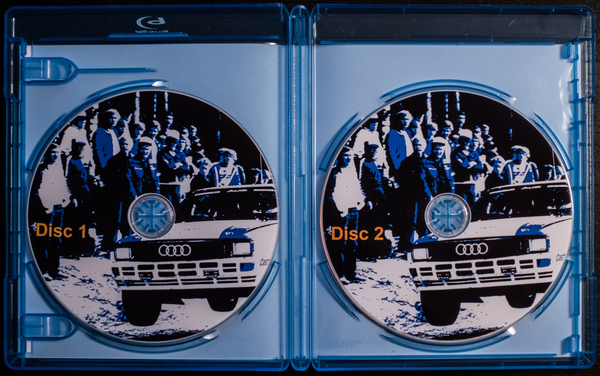
Incredible sound quality
Apart from the breathtaking visuals, the sound is also phenomenal. You can clearly hear the different engines drifting past, you can hear the stones bouncing off the underbody of the vehicle, you can even understand the words of the fans as they shout to the driver as he roars off.
Not just vehicles and drivers
In addition to the main protagonists, the vehicles and the drivers, Helmut Deimel also captured many film sequences of the fans, because a rally lives from the fans, how they camp out for days on end, choosing the most daring spots to see their rally stars live. In San Remo back then, every fan was considered a coward if they didn't flee the track at the last second...

Premiere year of the Quattros 1981
Audi looked for an international stage to demonstrate its skills and the technology of the Quattro. The choice fell on rallying. The challenge was to play an important role in this already well-occupied game, as there were already many hard-tested fighting machines (the vehicles) and their talented drivers: Markku Alén, Anders Kulläng from Sweden, Ari Vatanen, Björn Waldegård, Hannu Mikkola, Jean-Luc Thérier, Michèle Mouton, Shekhar Mehta and Timo Salonen.

The competitors are presented in the best film quality and beautiful drifts on gravel and snow are shown as a foretaste.

The premiere year of the Quattros has begun, and the all-wheel drive revolution is taking off. The world premiere takes place at the Austrian January Rally. Franz Wittmann wins in superior style.

In the fall, Michèle Mouton becomes the first woman in the world to win a world championship race in San Remo, and the film is consequently called "Victory of an Idea".

World Champion Quattro 1982
The second Quattro year ends in 1982 with Audi winning the one-make world championship - the film is unsurprisingly called "The World Champion".
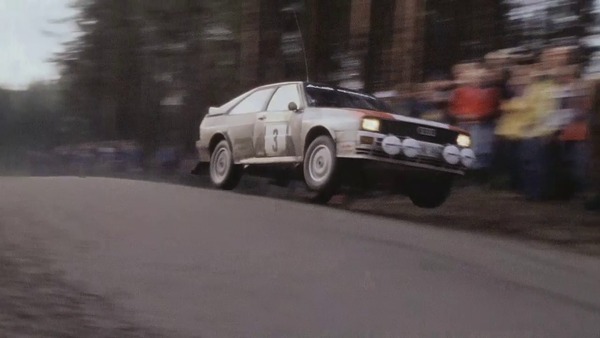
Quattro years 1983/84
The third and fourth years of the rally Quattros are shown in chapters 3 and 4. Hannu Mikkola becomes World Drivers' Champion in 1983. Title of the movie: "The Marathon Sprint".
The pictures of the fans are always fascinating, especially in Portugal. Here, Michèle Mouton explains that the fans in Portugal compare rally sport to bullfighting in Spain: the closer you are to the action, the better, the first one to run off the track has lost. The fans linger on the track for a correspondingly long time and only move when it is almost too late.


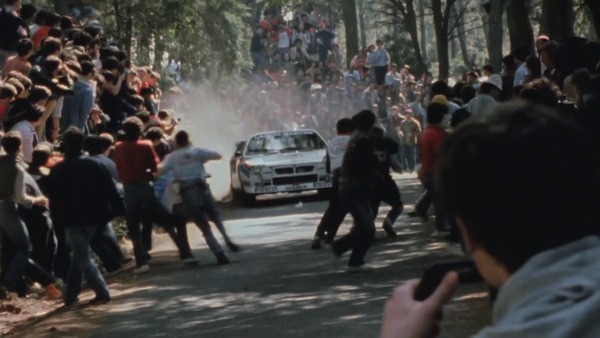
1984 brings the big breakthrough. Audi wins the manufacturers' world championship and Stig Blomqvist becomes world drivers' champion. Accordingly, the movie is called "The Big Double".
Quattro years 1985/86
The fifth Quattro year is shown with the title "The New Dimension". It is the heyday of Group B, everything becomes more extreme and faster. The Group B show is breathtaking. Audi wins just one rally with the S1, but also the most beautiful of the year - San Remo! Walter Röhrl on the roads of autumnal Tuscany is a visual and acoustic highlight.

Audi withdraws from rallying at the factory in 1986. The film "Good Times" is a summary of the rally years from 1981 to 1985.
Quattro in the 1988 TransAm series
1988 - "Victory Circles": Audi moved to the circuit, specifically to the American TransAm series.
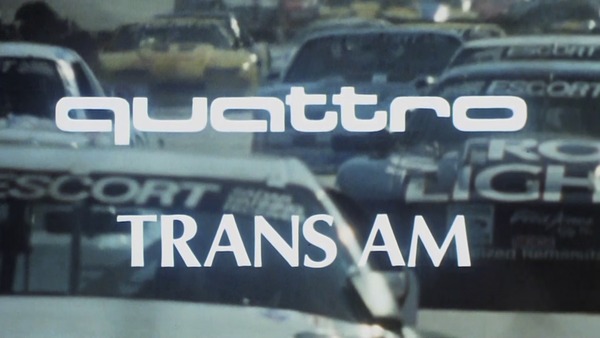
It turns out that the Quattros not only cut a fine figure on gravel, but also on the racetracks. Walter Röhrl also sees great challenges ahead of him, as he now also has to prove himself as a rally driver on the circuit.

The film shows the whole season with lots of action, a rich Quattro sound and many impressions away from the race track.
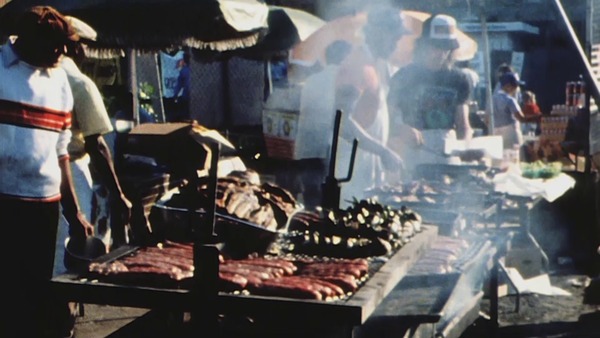
The Audi 200 won eight out of 13 races to take overall victory. Walter Röhrl won the gold medal at the last race in St. Petersburg! This film really captures the US racing spirit, accompanied by the typical synthesizer pop music of the time.
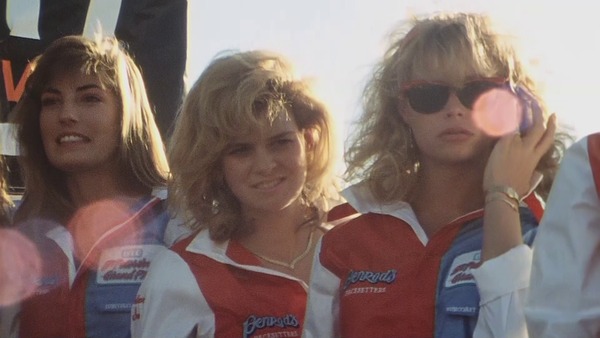
The switch to the demanding IMSA series in 1989
1989 - "Racing in the USA": Audi stays in the USA, but switches to the more sporty and technically demanding IMSA series. The movie begins in the engineers' office, where they draw and improve, great pictures that you never get to see otherwise.

Then it's off to the test track, Stuck and Röhrl give the mechanics information about the car's behavior in extreme situations.

The Audi 90 Quattro proves to be a very manageable vehicle, despite 720 hp. Victories could only be clinched after the first three races and so Audi missed out on overall victory and finished second. Nevertheless, a very good result!

Audi has beaten the Americans, now it's the turn of the 1990 DTM
1990 - "It's no Evolution, It's a Revolution": Audi returns to the popular DTM in Germany and immediately shakes up the scene with the V8 Quattro. Hans Stuck becomes DTM champion.

After 10 years of Quattro experience, the technology can be celebrated again and this time on local racetracks. This film also has great aerial shots where you can watch the V8 Quattro on the Nordschleife for several minutes.

The fan community was also really big back then, so Helmut Deimel skillfully packed these scenes into the racing action. Really gripping slow-motion shots follow later in the movie, a pleasure to watch the DTM cars of the time speeding over the curbs.

The twelfth film as a summary: Quattro years from rally to racing
If you don't have time for 5 hours of movies, you might want to watch the big review first, the twelfth movie in this collection. Just like the very first Audi film from 1981, the big review is also called "Victory of an Idea". It is the summary of the Quattro revolution in rallying and later also in motor racing. After the world rally championship titles for marques in 1982 and 1984 and the title win in the drivers' championship in 1983 and 1984, Audi switched to the circuit. First in 1988 to America in the TransAm series, then in 1989 to the more powerful IMSA GT series and finally back to Germany in the popular German Touring Car Championship where Audi won the title in 1990 and 1991. This was also the start of an extremely successful career for the brand in international racing.
About Helmut Deimel - From rollover to co-driver and then behind the camera
Helmut Deimel's career as a racing and rally filmmaker actually began in March 1968 with a stylistically flawless rollover at the gates of the Höhere Technische Lehr- und Versuchsanstalt in Mödling near Vienna. Thanks to a thrifty and equally generous mother, he had become the proud owner of an Austin Mini 850 on the morning of that fateful day, but by the evening he was the sad owner of a pile of scrap metal. The minor driving error on his very first drive led Deimel to realize that his place was behind the camera and that his aspirations to become a rally driver were the classic definition of a wrong turn.
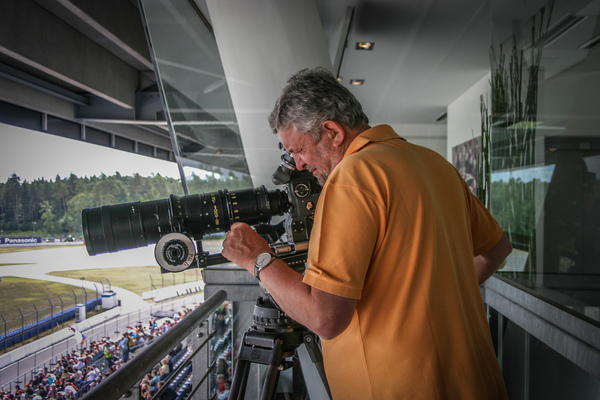
His career as a rally fan and Super 8 amateur then began. His epic reportage of the 1000 Lakes Rally in 1973 was the breakthrough in the Austrian scene, because the people were hungry for rally films. Deimel also got to know many of the stars of the time and in 1975 he persuaded Austria's record champion Franz Wittmann to take part in the 1000 Lakes Rally in Finland. Because the filmmaker already knew his way around the north and, unlike Wittmann, also spoke English, he immediately offered him the job of co-driver, which was a breadwinner at the time. The duo dropped out in 1975, but in 1977 they finished a highly regarded seventh overall and were the best non-Scandinavians, and in 1978 Franz Wittmann became European runner-up and Helmut Deimel Austrian co-driver champion.

This time in the hot seat contributed a great deal to his understanding of rallying and life at the limit in general, and later greatly facilitated the intensity of the realization with the camera. Helmut Deimel produced his first films for Ove Andersson's Toyota Team Europe in 1977 and 1979. In 1980, the filmmaker threw himself into the production of a comprehensive annual documentary with all the consequences and full risk. At the end of the season there were great pictures, but also great debts that could hardly be managed. The rescue: Henry Toivonen won the RAC Rally in a Talbot Lotus and team boss Des O'Dell, who appreciated Deimel films, offered him the production of a Talbot film, including a decent budget, at the victory party. In addition, Walter Röhrl became world champion for the first time in a Fiat 131, as he had hoped, and Germany was crying out for footage. Deimel edited a 30-minute film from the material, which was broadcast on Austrian television as a preview of the world premiere of the Audi Quattro at the January Rally. The Audi people saw it and immediately offered him a contract as their in-house filmmaker. For 10 years, he documented the career of the Quattros on the rally and race tracks and traveled around the world with the drivers Mikkola, Mouton, Blomqvist and Röhrl. This resulted in highly emotional documentaries about the World Rally Championship, the TransAm, the IMSA and the DTM. The most spectacular product of these years was the film from 1985, when it was possible to show a ride with Walter Röhrl in a way that had never been seen before.

This was followed in 1991 by an extensive switch to the racetrack and an extremely productive period for Mercedes-Benz in the DTM, sports cars, the American CART series and Formula 1.
Daimler Chrysler and Mercedes sports boss Norbert Haug allowed him a great deal of creative freedom, which led to a fruitful collaboration that continues to this day and to some very fine work. Among other things, the Formula 1 film of the 2000 season won first prize at the French "Festival Automobile."
Looking back on his career, Helmut Deimel says: "With all his everlasting love for life in the woods and for cars like the Renault Alpine, the Lancia Stratos and the Audi S1 in the wild - something would really have been missing, not at the Formula 1 in the Monaco tunnel, with 500.000 singing Americans in the Indianapolis pasta pot, or the DTM in the packed Motodrom at Hockenheim."
The 320 minutes of HD films are divided into the following chapters:
1. 1981 - Victory of an idea
2. 1982 - The World Champion
3. 1983 - The marathon sprint
4. 1984 - The big double
5. 1985 - The new dimension
6. 1986 - Good times
7. 1987 - Safari Rally "Do you know the Taita Hills Mr. Director?"
8. 1987 - Border areas
9. 1988 - TransAm "Victory Circles"
10. 1989 - IMSA "Racing in the USA"
11. 1990 - DTM "It's no Evolution, it's a Revolution"
12. 1997 - Victory of an Idea - The Quattro Years (Summary)
Technical data
- Order Blu-ray / DVD in the RacingWebShop
- Format: Blu-ray
- Picture format: Full HD 1080i
- Sound format: Stereo
- Running time: approx. 320 min
- Language: German
- Region code: 0 (All regions)
- FSK: Without age restriction
